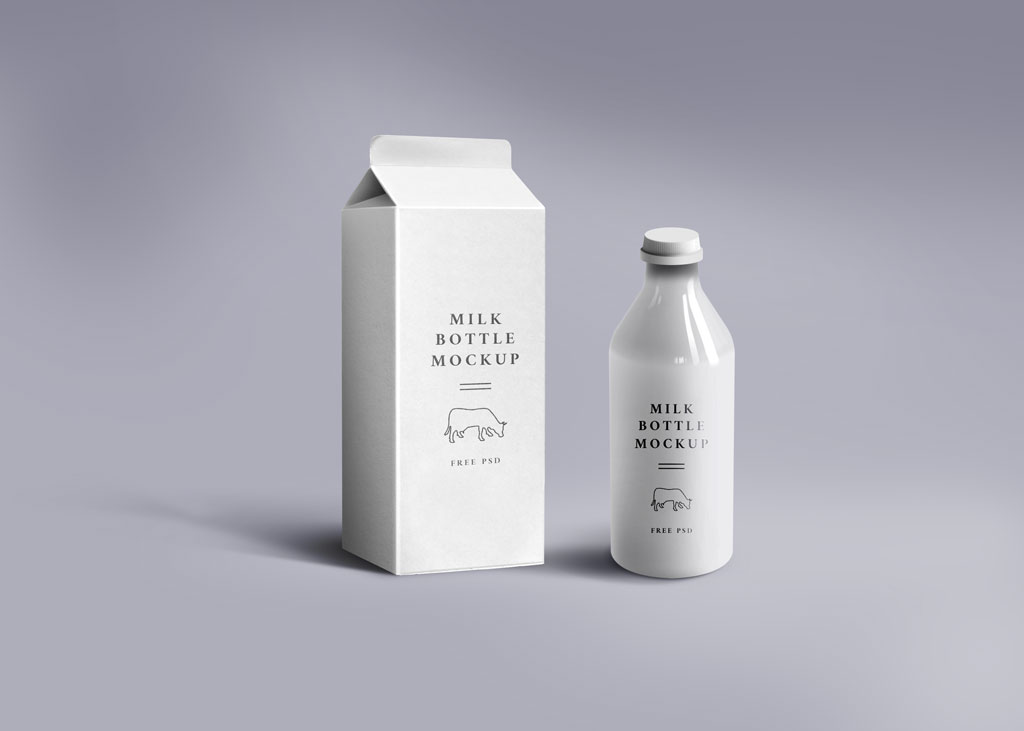How packaging affects the taste of milk?

How packaging affects the taste of milk?
A new study published in the Journal of Dairy Science shows that carton-based packaging, often found in baby food, can negatively affect the taste and smell of milk.
The main task in the production of milk is to maintain the quality and safety of the product, incl. its characteristic pleasant taste and smell. The main compounds of pasteurized milk that affect the taste and aroma are formed during heat treatment. However, organoleptic properties change over time, partly due to packaging. For example, the oxidation of a number of substances due to transparent containers, as well as the migration of compounds from milk to packaging and vice versa, affect taste and smell, which can cause consumer dissatisfaction.
In several experiments, the influence of the container material in the absence of light on the taste and smell of milk was studied. The researchers compared the organoleptic and chemical properties of milk packaged in carton, low density polyethylene (LDPE = LDPE), high density polyethylene (HDPE = HDPE), polyethylene terephthalate (PET = PET), linear low density polyethylene (LLDPE = LLDPE) and glass. Lead researcher MaryAnn Drake (Department of Food Engineering at the University of North Carolina) explained that “milk is much more susceptible to off-flavours associated with packaging than many other beverages.” In addition to the oxidation process, she says, “flavor can be affected by the exchange of compounds between the packaging and the milk.”
To quantify the impact of packaging on taste and odor, the researchers studied samples of pasteurized whole and skimmed milk stored in 6 packaging options in 230 ml volumes (+ 50 ml free volume): paperboard, 4 types of plastic (LDPE, HDPE, PET and LLDPE) and glass (control). Milk was stored in total darkness (to prevent oxidation due to light) at 4°C. Samples were evaluated on the day of bottling, as well as 5, 10 and 15 days after. The organoleptic properties of each sample were studied, and the analysis of volatile compounds in milk was carried out. On the 10th day, the samples were evaluated by tasters.
The results showed that the type of packaging does affect the taste and smell of milk, more so for skimmed milk than for whole milk. LLDPE cardboard and packaging retained the organoleptic properties of milk to a lesser extent compared to LDPE, HDPE and PET. The milk packaged in cardboard had a distinct unpleasant aftertaste, and because of the container, it contained foreign compounds. The difference in taste and smell is due to the higher permeability of paperboard and LLDPE. Taster scores were consistent with laboratory data and volatile compound analysis: milk packaged in high density polyethylene, polyethylene terephthalate, or glass in the absence of light exposure had no discernible sensory differences at day 10. On the contrary, the tasters clearly distinguished milk poured into cardboard containers from that poured into glass containers.
Skimmed and whole milk packaged in carton or LLDPE had a higher concentration of volatile compounds of styrene, acetophenone and 2-ethyl-1-hexanol. The styrene concentration increased during storage in all types of packaging, except glass. Styrene is a marker of plastic degradation during storage, it can, incl. and remain in refrigeration units, easily migrating into milk through permeable containers – cardboard and LLDPE. Styrene is recognized as “generally safe” by the US Food and Drug Administration, although it has been documented to cause a “chemical/plastic/stale” taste in most foods when present in detectable amounts. Studies show that acetophenone causes a “stale” taste of milk, while 2-ethyl-1-hexanol has a “chemical/cleaner” smell.
Skimmed milk packaged in carton and LLDPE had increased levels of limonene and p-cymene. Limonene is a compound found in milk and is also used as an indicator of air quality. P-cymene is a degradation product of limonene and correlates with an increase in its level. The researchers stated: “The increase in limonene concentration and its further degradation to p-cymene may be associated with the higher permeability of LLDPE and paperboard.”
Hexanal is associated with the unpleasant taste of foodstuffs packed in cardboard. In the current study, both skimmed and whole milk in cartons had elevated levels of hexanal compared to milk in other types of packaging. “This difference may mean some decomposition of the carton, while the concentration of hexanal in milk may increase over time,” the scientists said.
Correlation analysis showed that the taste of paper / cardboard and the level of hexanal are associated (R2 = 0.84), musty taste and smell correlated with the level of volatile compounds of styrene (R2 = 0.88), p-cymene (R2 = 0.73), acetophenone (R2 = 0.71) and 2-ethyl-1-hexanol (R2 = 0.82).
It was concluded that off-flavors and odors due to packaging are particularly characteristic of cartoned milk and LLDPE due to the higher permeability of the packaging and the migration of substances. The results of organoleptic analysis correlate with increased migration of specific volatile compounds. Cartons are the most widely used type of milk container in school feeding programs in the United States and probably in most other countries, so the results are important in studying milk consumption in children. “Probably, there may be a question about finding new alternative packaging options for milk, especially used in baby food,” said Drake. Unpleasant smells and tastes can negatively affect eating habits in both childhood and adulthood.




Responses